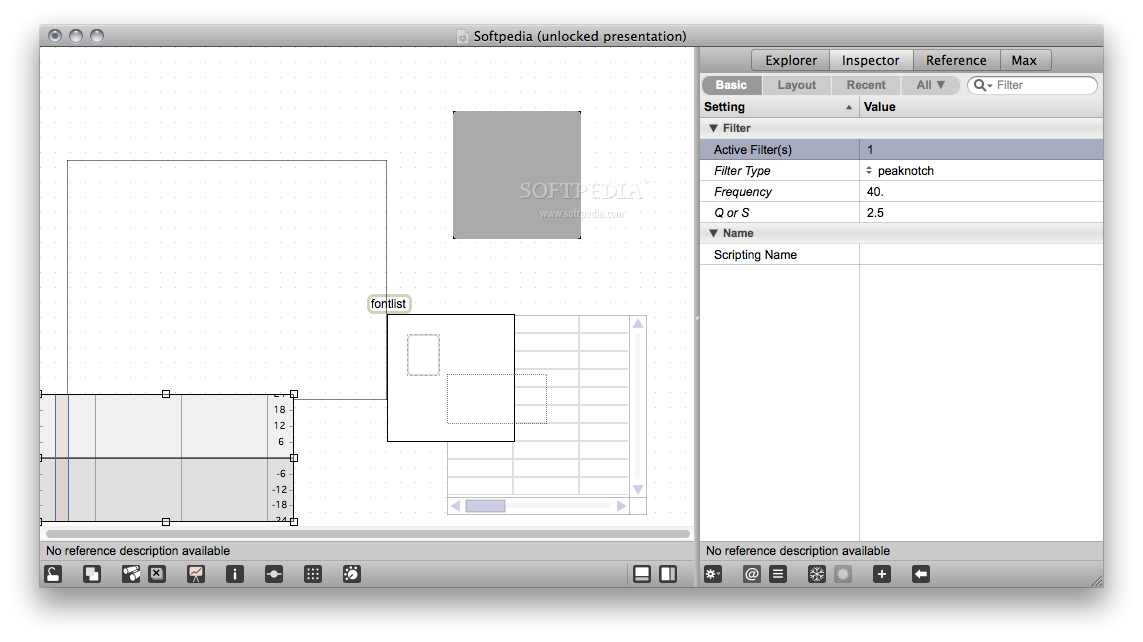


To test this out, let’s send the number 0 to the coll. Kinda trippy if you’ve never heard this kind of scale before, so try it out). (Interesting note: This scale is a harmonic series with a fundamental of 100Hz. # This is a simple scale which starts at 100 Hz on MIDI note 0. # Lines that start with a # symbol are comments. So we double click coll, and we start inputting data for what frequency corresponds to what MIDI note number. We want coll to spit out a frequency in Hz. We send a MIDI note number (0-127) to the coll object. First we need to understand our data structure. Here’s how we can use coll as a replacement for mtof. Mind you it’s not very useful for our goal of exploring crazy scales. Here’s what’s inside the above coll object: OndesMartenot, 1928 To see and edit all the data inside the coll, just double-click on the coll object. I just clicked the “YamahaDX7” button, so “1983” was sent via the first outlet of coll. For example, we could use coll to remember the release years for various killer synths.Ībove, the coll object is waiting to receive an index (either YamahaDX7 or Theremin) before it spits out the data we want. Each item of data contains an index followed by some content. We simply replace the mtof object with coll.Ĭoll can be used to store and edit collections of data. There is a very simple way to get microtonal scales out of your Max/MSP synths.

Perfect if you’re working within the confines of 12-tone equal temperament-or rather limiting if you wish to use all kinds of expressive intonation systems outside of the Western common practice. This clever little object waits for you to send it a MIDI note number (0-127), then it spits out a frequency (Hz). Those of you who have built synths in Max/MSP or Max 4 Live will have used the mtof (MIDI-to-frequency) object.


 0 kommentar(er)
0 kommentar(er)
